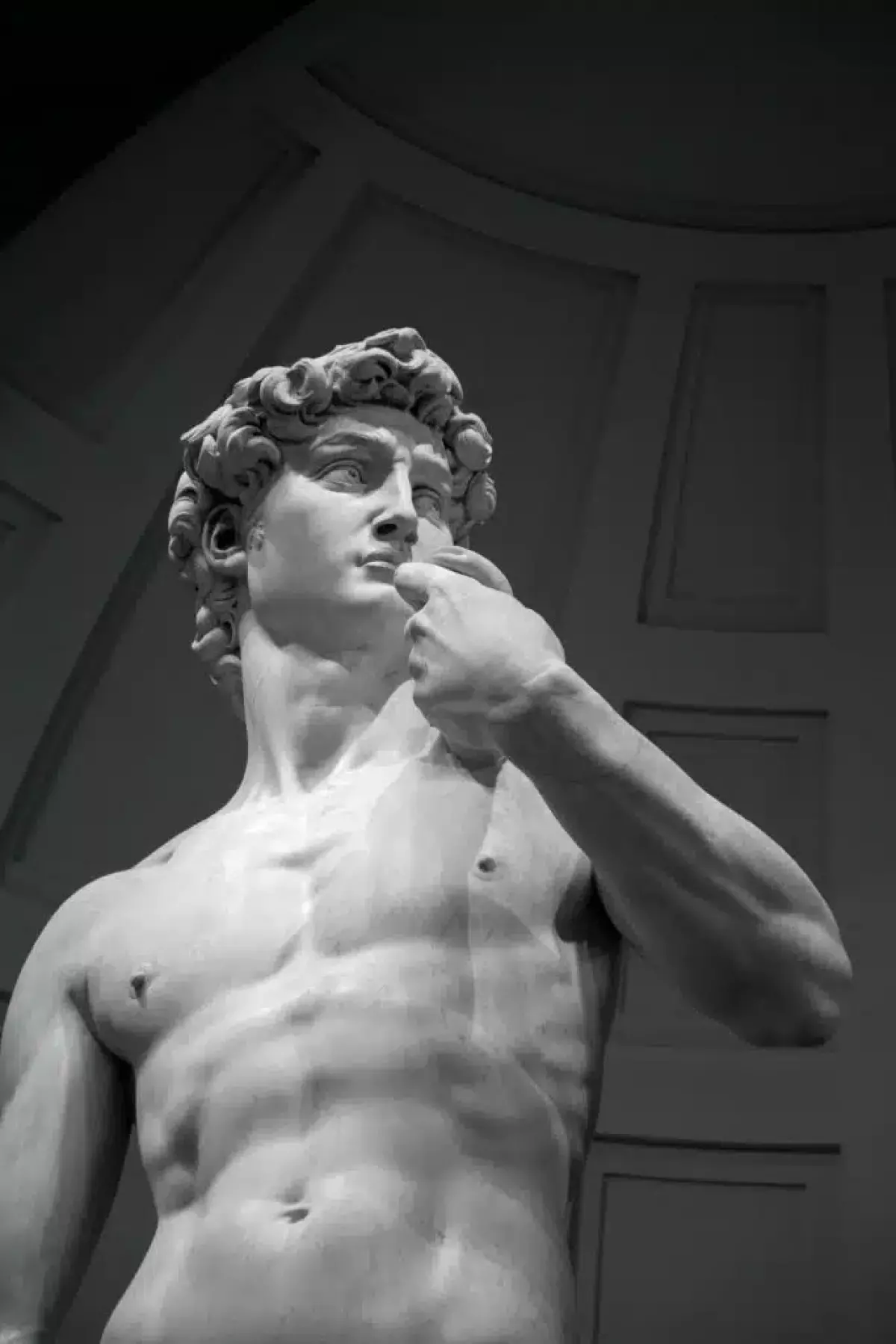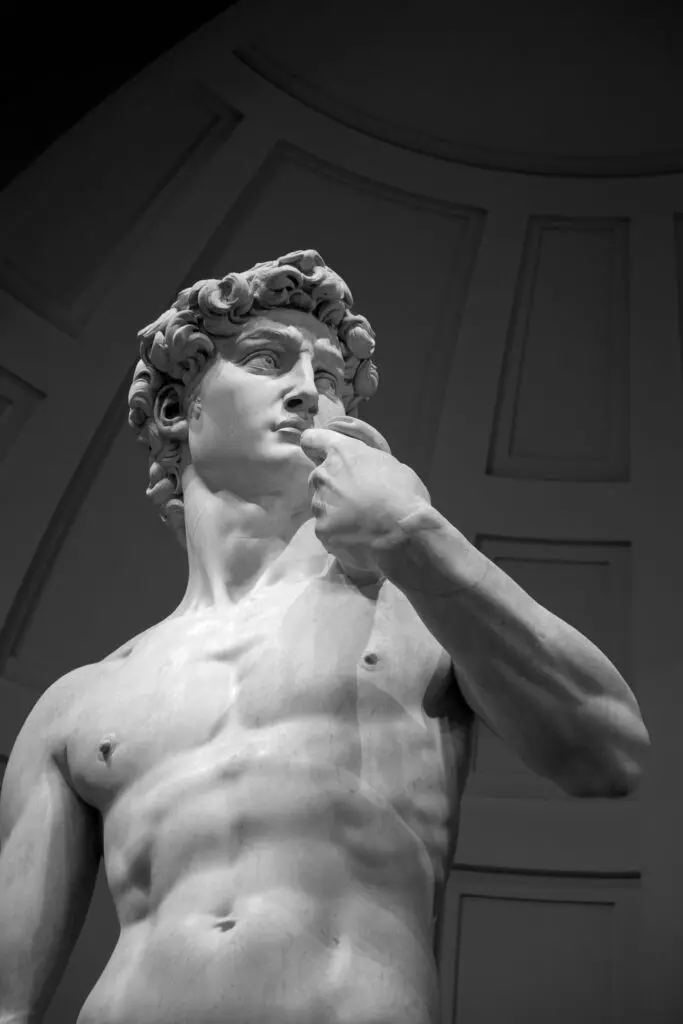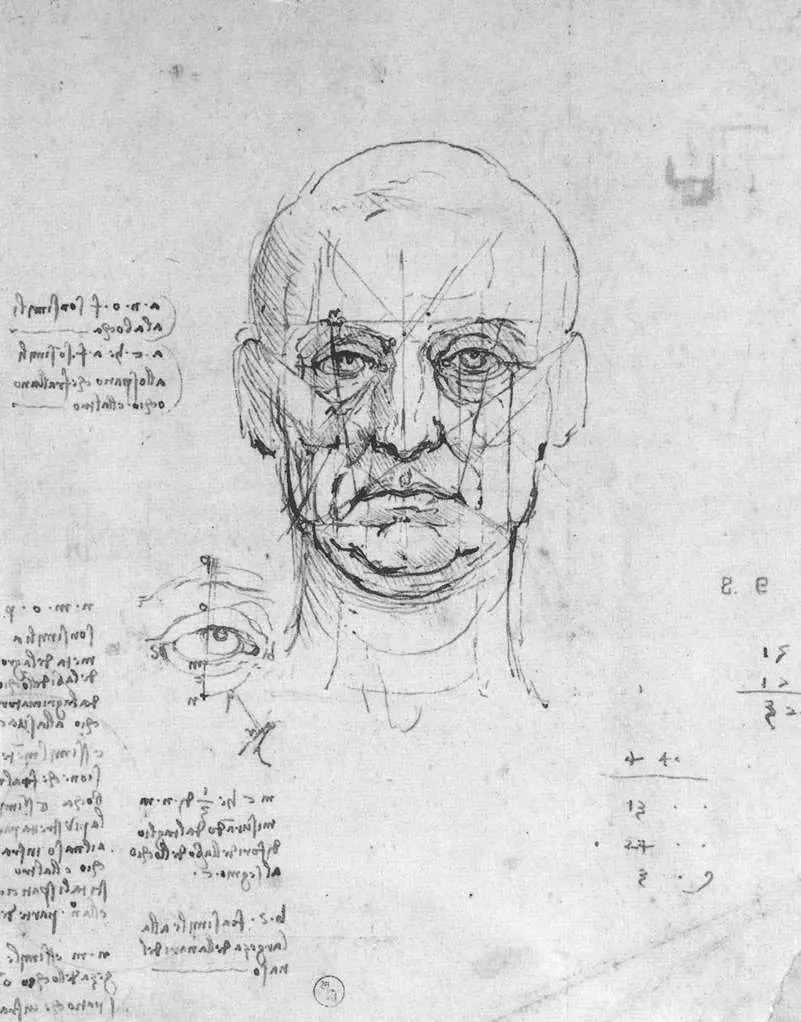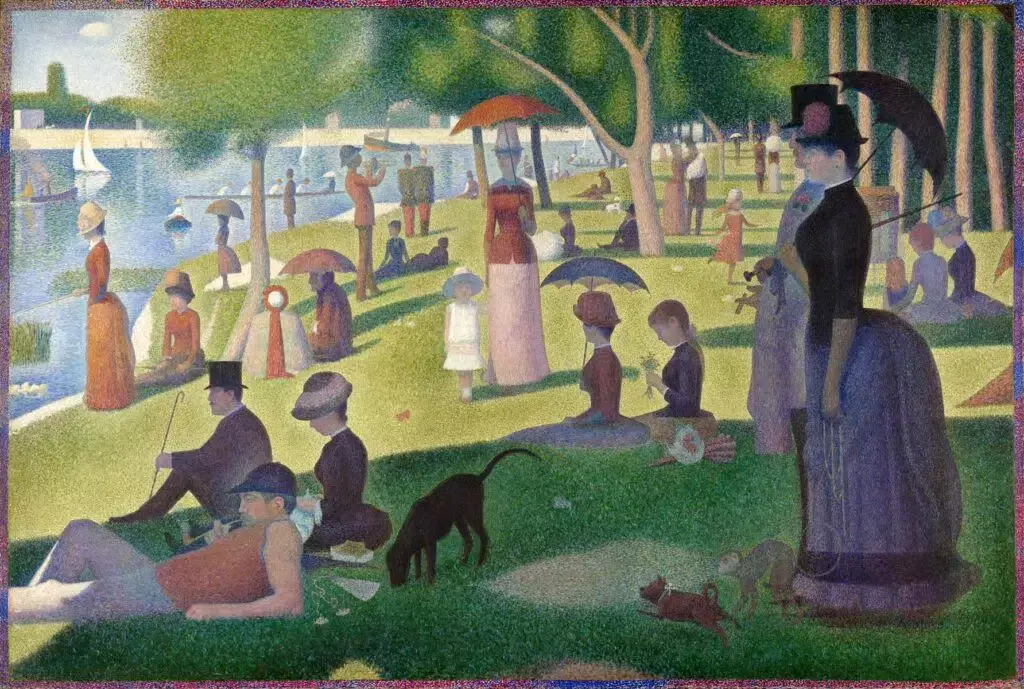Artists have long understood that size matters. Scale, a fundamental principle of art, refers to the size or dimensions of an artwork in relation to its surroundings. It plays a pivotal role in creating visual impact and evoking emotions. In this article, we will explore the definition of scale, the difference between proportion and scale, and how artists can use scale to their advantage.
What is Scale in Art?
Scale in art refers to how the size of an artwork compares to its surroundings. It also involves ensuring that particular figures or objects within the artwork appear realistic or "to scale" in relation to the objects they represent in real life. By understanding the true measurements of objects, artists can accurately represent their scale within their artwork.
Proportion vs Scale
While scale is the exact measurement of an object in relation to another object, proportion is the ratio of one part in relation to another part, relative to a whole. Both principles involve comparing the size of one object to another, but scale requires precise measurements, whereas proportion only requires the ratios of relative sizes.
To illustrate this, let's look at two famous artworks. Michelangelo's iconic sculpture, David, stands at 17 feet tall, three times the height of an average man. The sculpture accurately represents the proportions of human features, making it in scale. On the other hand, Leonardo da Vinci's study on the proportions of the head and eyes demonstrates proportion by showing that the width of an eye compared to the width of a face has a ratio of 1:5.
 Michelangelo: David
Michelangelo: David

Both scale and proportion are essential in creating the impression of accurate scales in artwork. Through proportion, artists can infer the size relationships between objects, even without precise measurements, resulting in a convincing representation of scale.
The Power of Large Scale Art
Large scale art, as the name suggests, is artwork that exceeds life-size dimensions. This style allows for greater detail and can make a powerful statement or evoke strong emotions. Monumental sculptures, large canvases, and interactive installations are all examples of large scale art.
One remarkable example is Georges Seurat's A Sunday Afternoon on the Island of La Grande Jatte. This pointillism artwork stands at 7 feet by 10 feet and features thousands of small dots of paint. The large scale of the canvas allows viewers to appreciate the intricate details up close at the Art Institute of Chicago.
 Georges Seurat: A Sunday Afternoon on the Island of La Grande Jatte
Georges Seurat: A Sunday Afternoon on the Island of La Grande Jatte
Monumental Scale: Making a Bold Statement
Monumental scale refers to artwork or sculptures that are so large they become landmarks or installations. Artists often create monumental scale art to make a powerful statement or immerse viewers in an experience. These larger-than-life artworks demand attention and leave a lasting impression.
The Beauty of Small Scale Art
In contrast to large scale art, small scale art is created on a smaller size than life. This style allows for intimate and personal works, capturing subtle details and evoking feelings of familiarity and closeness. Miniature sculptures, small canvases, and pocket-sized installations exemplify small scale art.
One renowned example is Johannes Vermeer's Girl with a Pearl Earring, a relatively small painting measuring only about 17 inches high. Despite its small scale, the painting creates a powerful and intimate atmosphere, demonstrating how scale can be used effectively to evoke emotions.
 Johannes Vermeer: Girl with a Pearl Earring | CC BY 3.0 via Wikimedia Commons
Johannes Vermeer: Girl with a Pearl Earring | CC BY 3.0 via Wikimedia Commons
Types of Scale in Art
There are three main types of scale used in artwork: actual, relative, and representative. Actual scale involves creating artwork that matches the true size of its subject matter. Relative scale portrays the relative size of objects within the artwork, while representative scale uses proportions to reflect accurate scales, even without precise measurements.
Drawing to Scale: Precision in Art
Architectural drawings are an excellent example of art that requires accurate scale. Architects use a set scale to recreate the measurements of their designs and ensure that all elements fit together correctly. This meticulous approach is essential in architectural and technical drawings.
 Giovanni Battista Piranesi: Architectural decoration
Giovanni Battista Piranesi: Architectural decoration
Creating a Sense of Scale in Your Composition
To create the appearance of scale in your artwork, consider using compositional proportion. If you are painting a person next to a building, for example, you can draw the figure and the building with a ratio of 1:3, emphasizing the scale difference. Another technique is the grid method, where artists divide the reference image into smaller areas to measure and accurately transfer the composition onto a canvas.
The Principles of Design: Scale and Beyond
Scale is just one of the many principles of design that artists employ to create visually appealing artwork. It can be used to create contrast, emphasis, and balance within a composition. The other principles of design include rhythm, unity, balance, emphasis, contrast, repetition, harmony, and movement.
Contrast and Emphasis with Scale
Proportion and scale can be effectively used to emphasize certain elements in your artwork. By making an element appear larger in scale than the surrounding elements, you can create impact and draw the viewer's attention to specific areas of interest.
In Conclusion
Scale is a powerful tool in an artist's arsenal, allowing them to evoke emotions, create contrast, and emphasize particular elements. By understanding the different types of scale, how to draw to scale, and how it relates to the principles of design, artists can create more compelling and impactful artwork. So, embrace the power of scale and let it guide your artistic journey.

















